VOTER BEHAVIOR
Low voter turnout is a serious problem in this country. Among those who do vote, sociological and psychological factors work together to influence voter behavior over time and in particular elections.
Low voter turnout is a serious problem in this country. Among those who do vote, sociological and psychological factors work together to influence voter behavior over time and in particular elections.
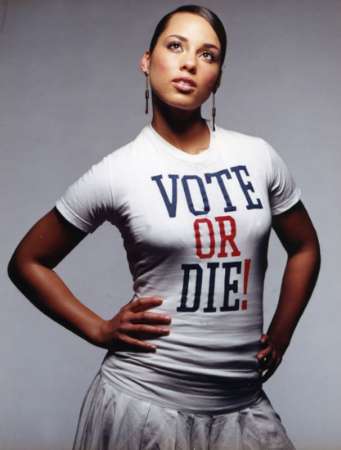

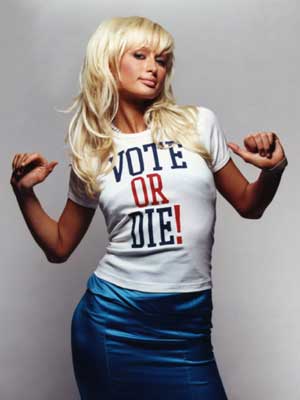
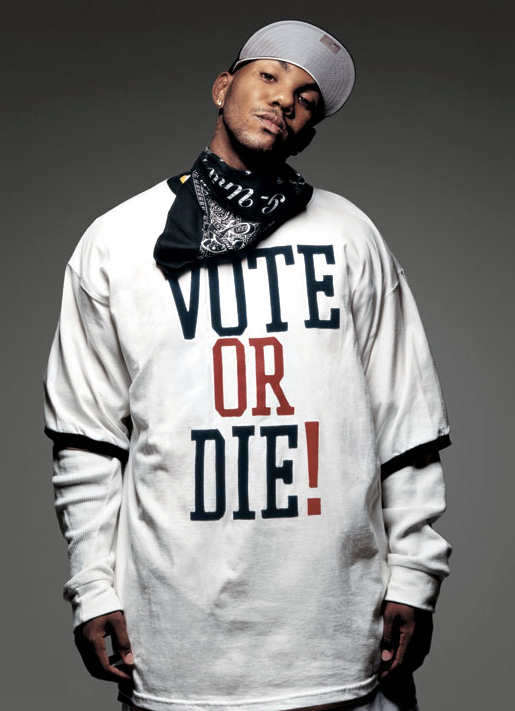
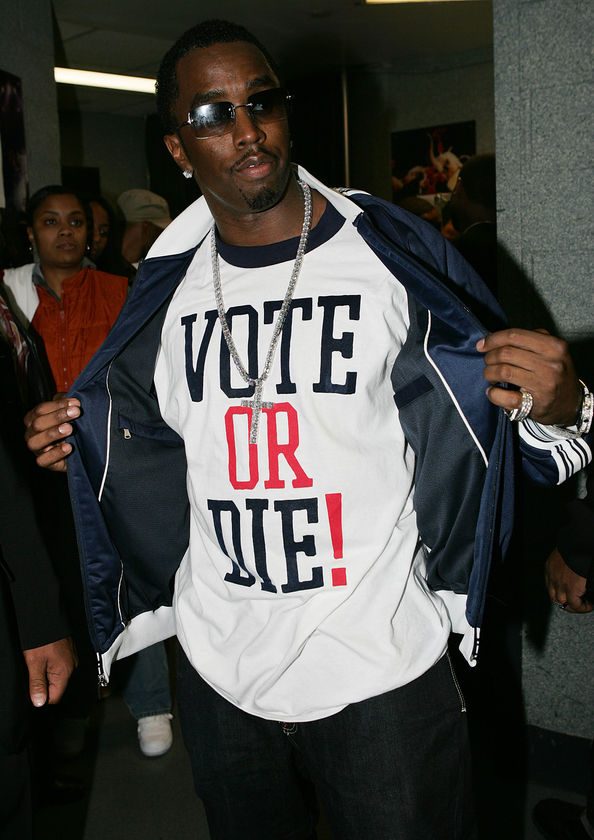
NONVOTERS
THE SIZE OF THE PROBLEM
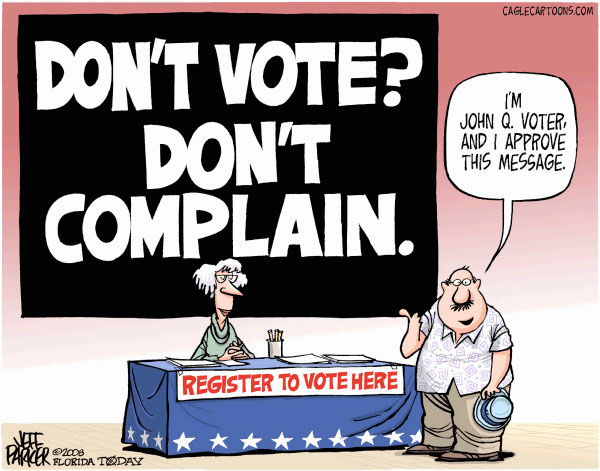
WHY PEOPLE DO NOT VOTE
SOCIOLOGICAL FACTORS
